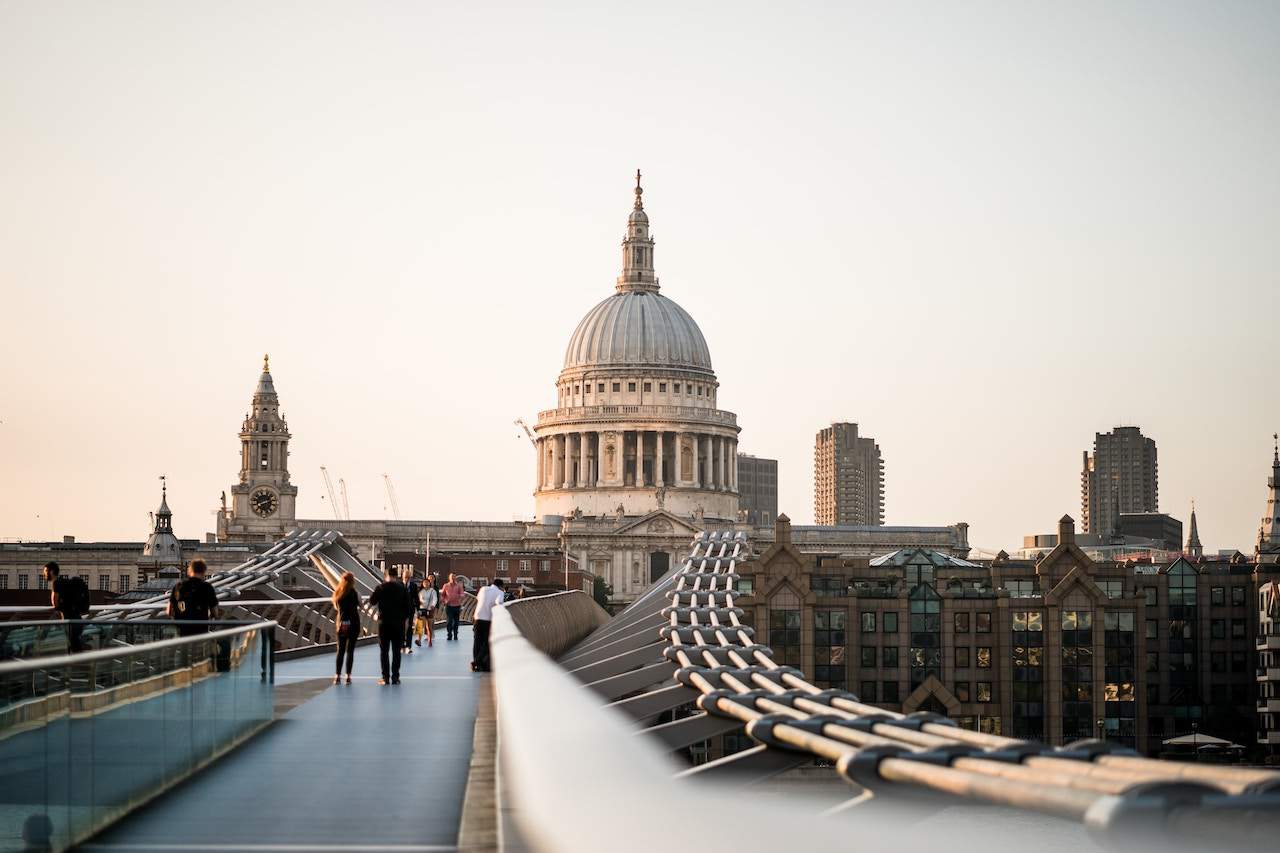
This prestigious title goes to The Crown Estate and the Grosvenor Group. With significant holdings in central London, these property barons dominate prime real estate.
The Crown Estate, in total owns about 115,000 hectares of agricultural land and forests, retail properties, sprawling housing estates and about 55% of UK beaches. In London, the Crown Estate owns most of Regent Street, in fact it owns most buildings on a stretch of the A4201, from Great Portland Street down to Pall Mall – that’s 242 prime locations in central London. The most valuable asset in the Crown Estate’s portfolio is Buckingham Palace, which was valued in 2022 at some $5bn. Technically, under our legal system, the Monarch (currently King Charles III), as head of state, owns the superior interest in all land in England, Wales and Northern Ireland.
The Grosvenor Group’s association with London property began over 340 years ago, developing pastures and swamps into Mayfair in the 1720s, and Belgravia in the 1820s. Hugh Grosvenor, 7th Duke of Westminster born in 1991 is no ordinary landlord; he inherited his title and control of the Grosvenor Estate, worth an estimated £9 billion in 2016, from a lineage that stretches back to Mary Davies’ profitable dowry.
Hugh’s father Gerald, was a savvy property market investor, who expanded this legacy by developing high street locations into luxury properties for wealthy clients. At its peak, his empire spanned 300 acres of Belgravia and Mayfair alone.
In real estate terms we often discuss size using square feet or metres depending upon which side of the Atlantic you hail from. For perspective, if we were talking about all combined areas under control by these two powerhouses, it’s an astonishing 7.3 billion square feet.
That’s more than the size of Hyde Park or even Buckingham Palace. Imagine owning a slice of that – you’d be partaking in London’s property cake where each piece is worth £ per bite.
These landlords don’t just hold huge portfolios. They wield a considerable sway in the real estate market.
Belgravia, a district in the heart of London, boasts some of the city’s most luxurious properties. From Eaton Square to Elizabeth Street and beyond, it presents a diverse array of architectural gems that span different periods.
In terms of property types in Belgravia, grand Georgian townhouses dominate the scene. These impressive buildings often feature white stucco facades that echo timeless elegance. Yet you’ll also find modern flats and maisonettes sprinkled across this affluent neighbourhood.
The price range for these exclusive homes varies considerably based on their location within Belgravia and features they offer. To give an idea about pricing trends here: approximately 62% of homes cost £2 million or more as per recent property data. However, prices have dropped by 20.1% from their peak in 2015 due to unrelenting factors including political uncertainty surrounding Brexit, COVID-19, quantitative tightening, 14 successive base rate hikes, staggering inflation, and general hostility towards ultra high net worth overseas property investors.
Navigating financing options for such high-value purchases can be complex but is crucial when considering investing in prime real estate like those found around Belgravia or Mayfair.
Many investors leverage bridging finance for Belgravia properties which provides short-term loans ideal for bridging the gap between raising finance to purchase a property and refinancing onto a longer-term solution. It can let investors seize opportunities quickly without having to wait for traditional mortgage approval processes – essential given how swiftly prime central London properties move.
Bridging finance isn’t just useful during purchase; it plays an important role even post-acquisition when the investors might need to finance renovation costs or to manage cash flow while waiting for longer-term financing solutions.
Additionally, another interesting aspect of the London property market is inheritance tax. It plays a significant role in how properties are passed down and can impact investment decisions significantly. The Grosvenor family famously managed to avoid massive inheritance taxes when Gerald Cavendish Grosvenor passed his fortune onto his son Hugh by way of a trust – something many potential buyers consider when planning their investments.
The property landscape of London isn’t solely dominated by the Grosvenor Estate and Crown Estate. There are other major landlords making their mark on this vibrant city’s real estate scene.
The Portman Estate, one of the prominent landlords in London, has a substantial influence over 110 acres within Marylebone. The Portmans have owned these lands since the 16th century, showcasing an enduring presence in Central London’s property market.
This sprawling area includes office spaces, retail units, and luxury residences. It plays host to many high-end brands and offers residents access to prime central locations like Oxford Street.
Moving towards west from bustling Marylebone brings us to another significant player – Cadogan Estates. Owning around 90 acres of prime residential land across Chelsea and Knightsbridge, they’re not just another name on our list but rather an integral part of South Kensington’s fabric.
A stroll down Sloane Street or Eaton Square reveals a collection of high-profile tenants calling Cadogan properties home; it indeed sets a high bar for luxury living.
Howard de Walden Estates’ portfolio is equally impressive but has quite a unique spin – health care alongside retail therapy. Covering around 92 acres mostly encompassing Harley Street Medical Area gives it quite some weight in the property baron circles.
They manage a wide range of medical buildings and offer an assortment of residential properties, catering to those who appreciate London’s quieter side while still wanting to be at its heart.
Regent Street, to influential business districts like Canary Wharf or the Square Mile, they hold sway. These areas aren’t just about iconic buildings; they’re hubs of economic activity and cultural exchange that add life to London’s urban landscape.
The Crown Estate and the Grosvenor Group are two powerhouses that dominate Central London’s real estate and can lay claim to the title of the richest landlords in London.